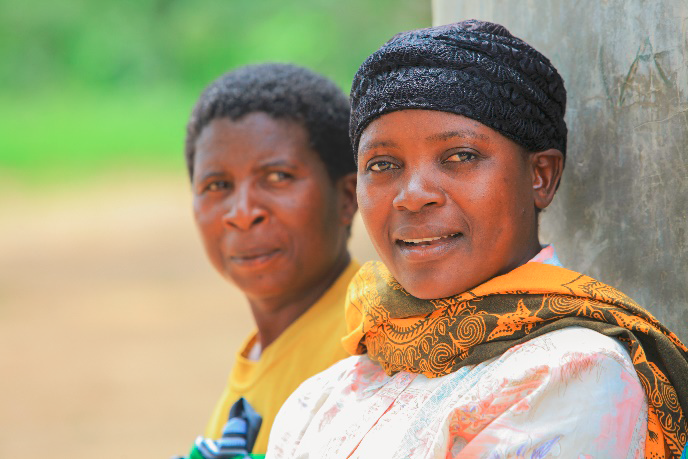
In January 2016 ERC staff traveled to Tanzania to visit the Mobile Application to Secure Tenure (MAST) pilot project and pilot activities in Itagutwa—the second pilot village in which the project has worked. By the time the visit took place, the villagers had already been trained on Tanzania’s land laws, on the land adjudication process, and on women’s rights to land. In addition, ten local youth called Trusted Intermediaries (TIs) had worked alongside community members to map and record land rights.
Once this mapping information is validated by local government officials the process of printing, registering and signing brand new Certificates of Customary Rights of Occupancy (CCROs) can begin. These CCROs provide a legal record of the rights of these women and men have to use, benefit from, and transfer the lands that they use for their livelihoods, their homes and their small businesses.
In January, villagers had completed mapping but CCROS were still waiting to be delivered. During this “waiting” period ERC and USAID had an opportunity to meet with villagers and hear from them how the process worked, what did and did not work well and what their hopes were based on the experience. The team heard that the MAST process opened people’s eyes to the importance of and the requirement to provide women with land rights. In this traditional part of the country, women still face constraints around claiming land rights but MAST has worked in each pilot village to provide trainings on why it is important for all community members to have these rights. We also learned that Trusted Intermediaries valued working with and learning from other Trusted Intermediaries—the youth from the first pilot village who helped to train and mentor this new batch of skilled mappers. One young TI said that having the other youth help with training increased his confidence—if the youth from Ilalasimba could map effectively he felt that he could do this also.
In addition to sharing these experiences with villagers, the ERC team worked with a local photographer/videographer to collect still photos and video of the villagers, the village, and the process of mapping land rights using MAST. This provided a new trove of material to use for communications efforts. These photos were used in a new brochure highlighting all MAST projects and the video was used to create a short film that was launched at the 2016 WBC. These materials provide a stock of high-quality imagery that E3/Land can use for years to come.

